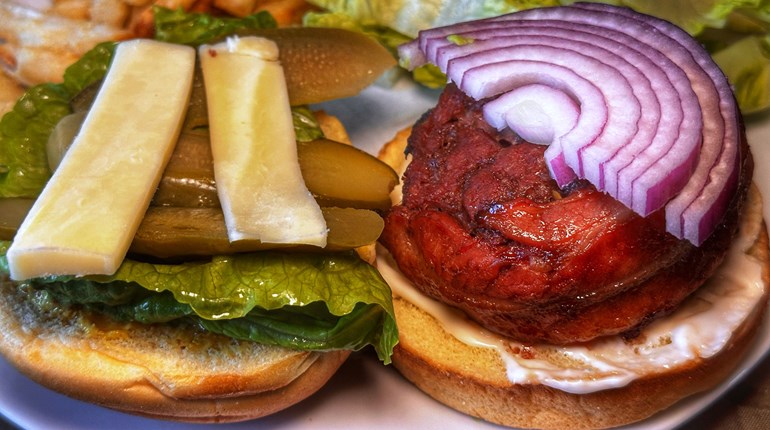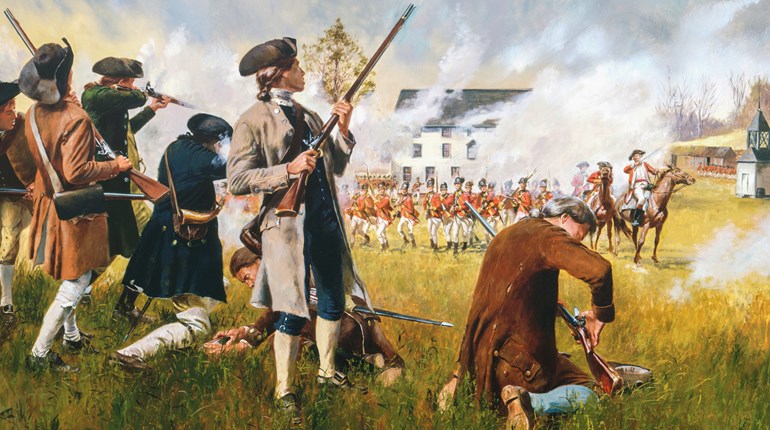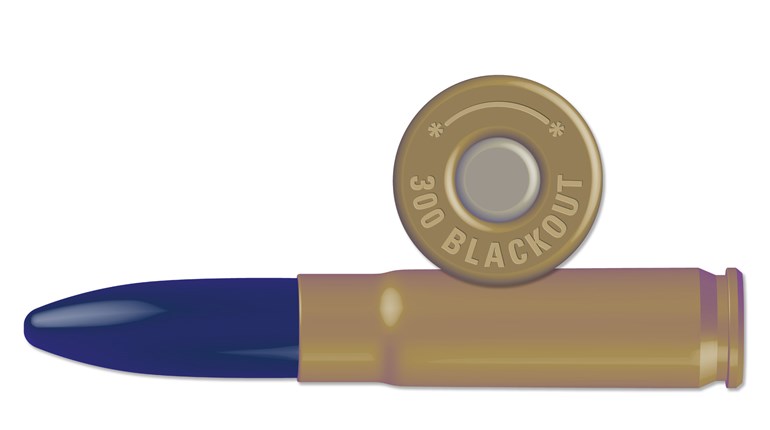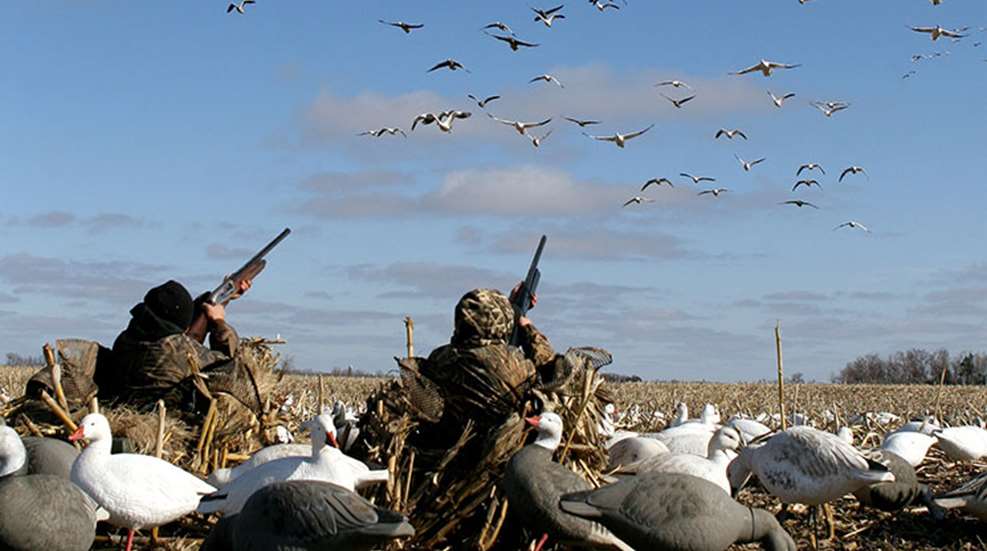
They could be heard before they were spotted, the high-pitched barks of snow geese cutting the north wind and betraying the flight. Looking south, they formed a ragged line, flowing up and down while fighting the heavy breeze. The time passed slowly it seemed but it couldn’t have been more than a couple of minutes before the group set up on cupped wings and hung in the air on final approach. “Take ‘em!” Several geese tumbled from the flock. As the dog picked up the harvest, happy hunters laughed and celebrated. Then I heard it, “Conservation season is a lot of fun, wish these snows were as good to eat as specks. That would make it all the better!”
What? I wish I had dollar for every time this topic came up. As soon as I tell someone I am a snow goose hunter, here comes the “you don’t eat those things, do you?” routine. I have no idea how the notion that snow and blue geese are unfit for consumption started. They feed in the same fields as specks, yet those geese are revered as table fare and the snow is called “sky carp.” I am here to tell you it just isn’t true. With a little preparation and some imagination, you will never look at a snow the same way again. Here is how you do it.
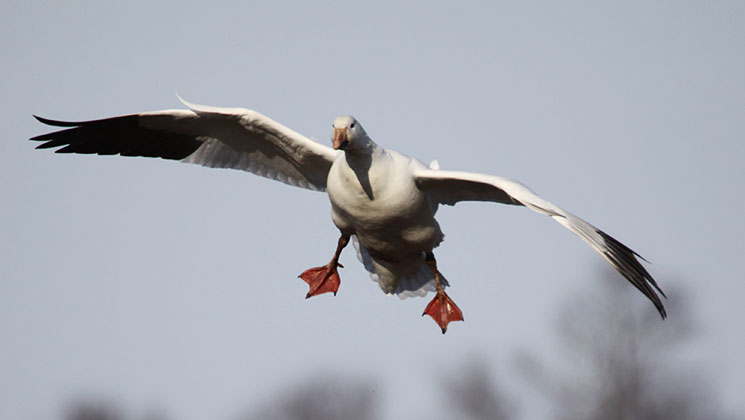
1. Let it Bleed
Waterfowl meat in general is very dark and blood heavy. The way to draw the blood out is simple. Soak it in water in a refrigerated environment for a minimum of 48 hours, more time is even better. Make sure you drain the water off the meat and refill the bowl every 24 hours for best results. I know a lot of people use milk but water is just as effective and comes out of your faucet.
2. Cut it Thin and Tenderize it
You can cook snows any way you can cook a duck. But the breasts are thicker and tougher than a mallard, for example. Cut the breast in half lengthwise, and use either a mallet or a heavy knife blade to tenderize the meat.
3. Cook Creatively
Cooking wild game is fun, and thinking outside your comfort zone can produce some delicious meals. Instead of the same old cooked goose, try some new recipes or methods. Check out the following recipe for goose enchiladas. You might need to pick up some new tools or use ingredients you’re not familiar with, but chances are you’ll find some new “go-to” winners along the way.
Recipe: Barbeque Snow Goose Enchiladas
You will need slow cooker such as a crock pot, a small round frying pan, and a rectangular glass baking dish for this recipe.
Ingredients:
• 4-6 goose breasts, meat filleted off the bone (you will have 8 to 12 halves)
• 1 10 oz. jar green enchilada sauce
• 1 24 oz. bag shredded Mexican style cheese
• 20 corn tortillas
• 6 oz. canola oil
• 1 18 oz. bottle of your favorite barbeque sauce
• 1 8 oz. can of beef broth
• 3 bay leaves
Directions:
1. Cook the goose breasts in a crock pot for 8 hours with the bay leaves and beef broth.
2. Remove the meat from the pot and pull it apart and drain the juice from the pot.
3. Place the meat back in the pot and stir in the barbeque sauce.
4. Pour the canola oil into omelet pan. I prefer this pan due to the size and shape of corn tortillas. Heat the oil on medium heat for a few minutes until oil is hot.
5. Use tongs to place tortilla in oil, cook for a few seconds on each side, and place on paper towel to drain. Repeat procedure until you have all 20 tortillas cooked this way.
6. Pour a thin layer of enchilada sauce on the bottom of the baking dish. Place a tortilla in the dish near the edge and place a small amount of the goose on top of the tortilla.
7. Add a small amount of cheese on top of the meat.
8. Roll everything up tightly forming an enchilada. Repeat this process until you have two rows of enchiladas in the dish. My personal dish has room for ten in a row.
9. Pour the remaining sauce over the enchiladas and scatter the remaining meat on top.
10. Top it off with a heavy layer of cheese.
11. Pre-heat your oven to 350 degrees. Place dish in oven for 20 minutes until cheese is thoroughly melted. Plate and add Spanish rice and refried beans, or eat them by themselves for a delicious and different treat. Serves four to six people.












